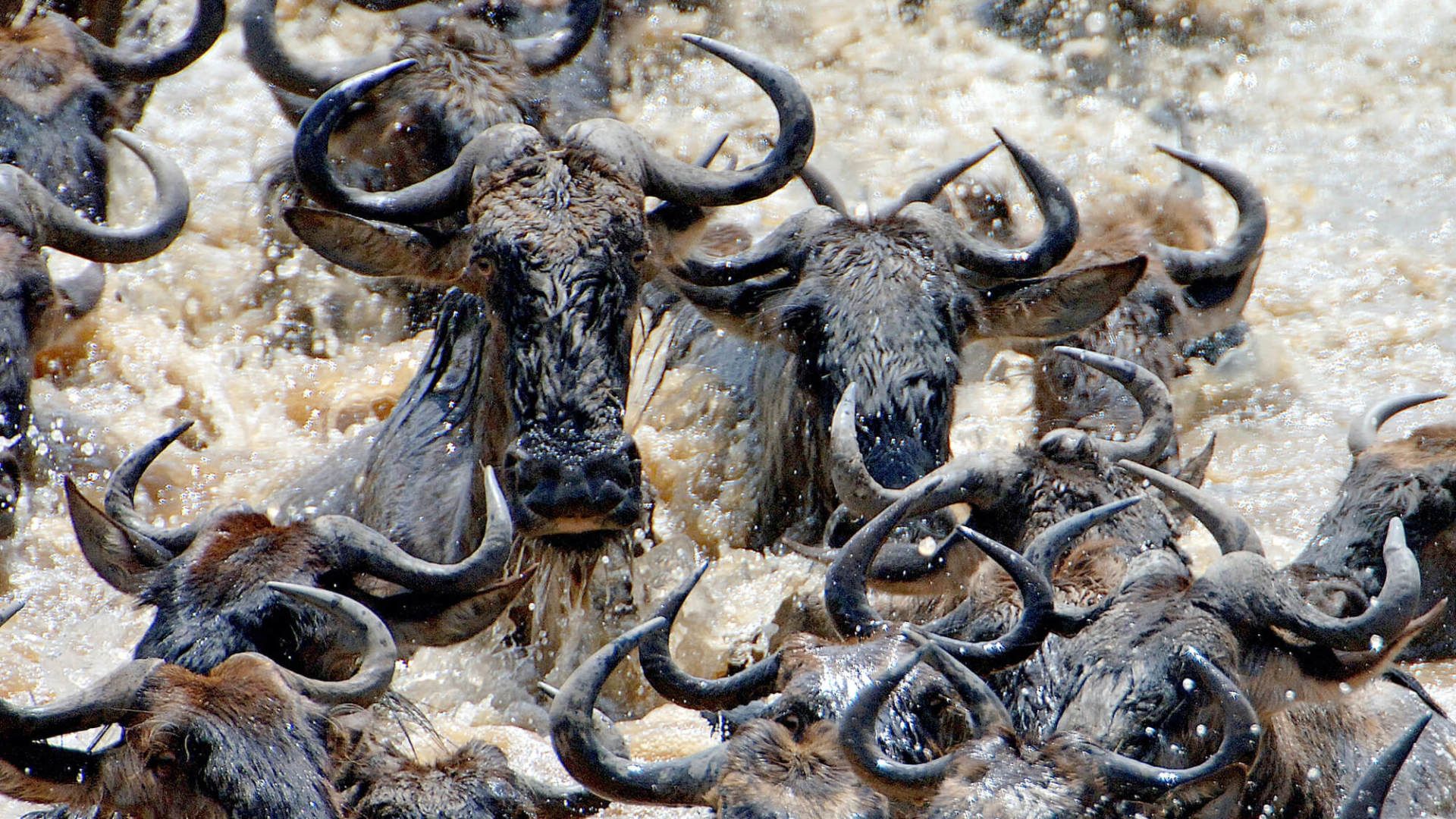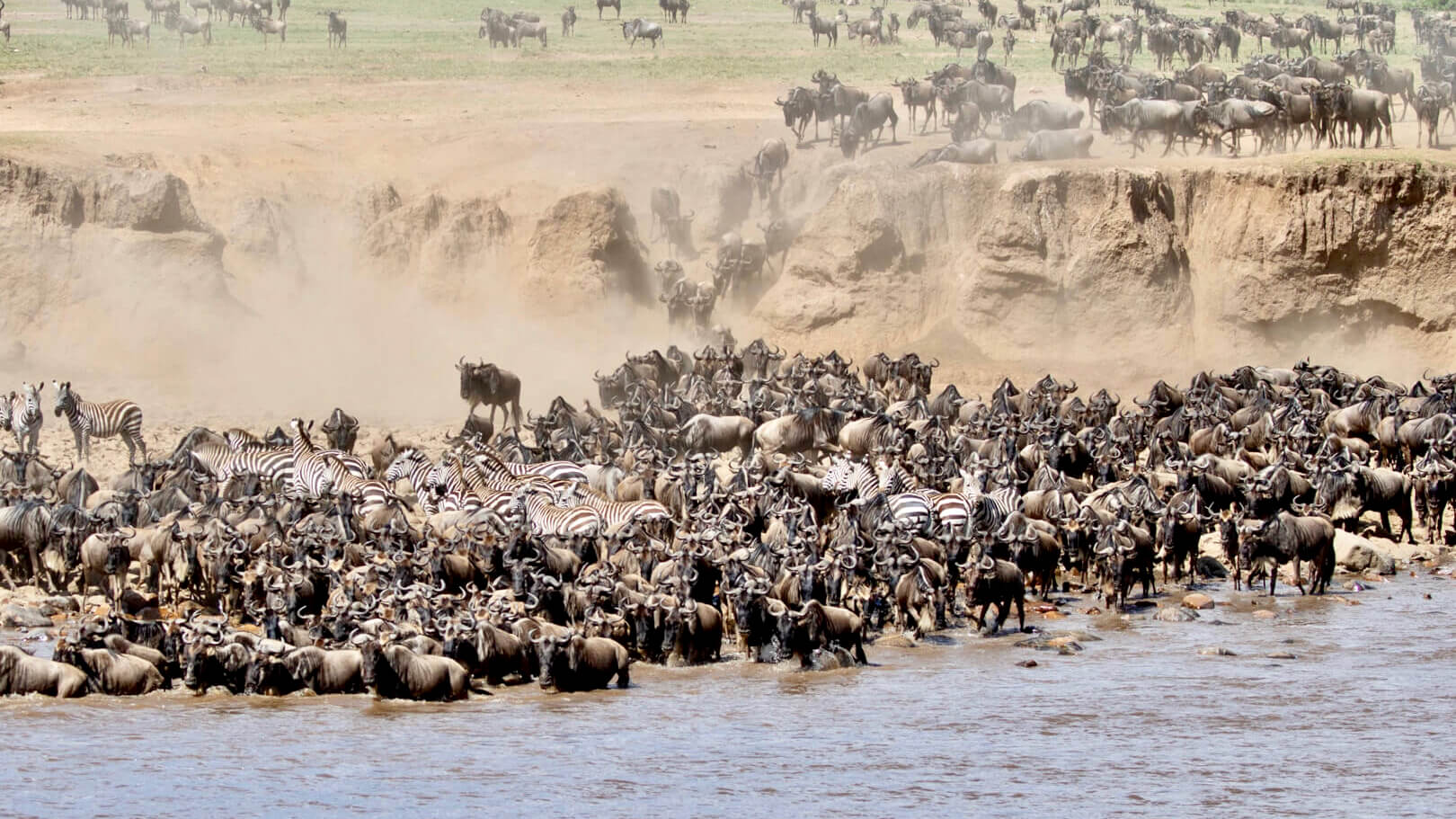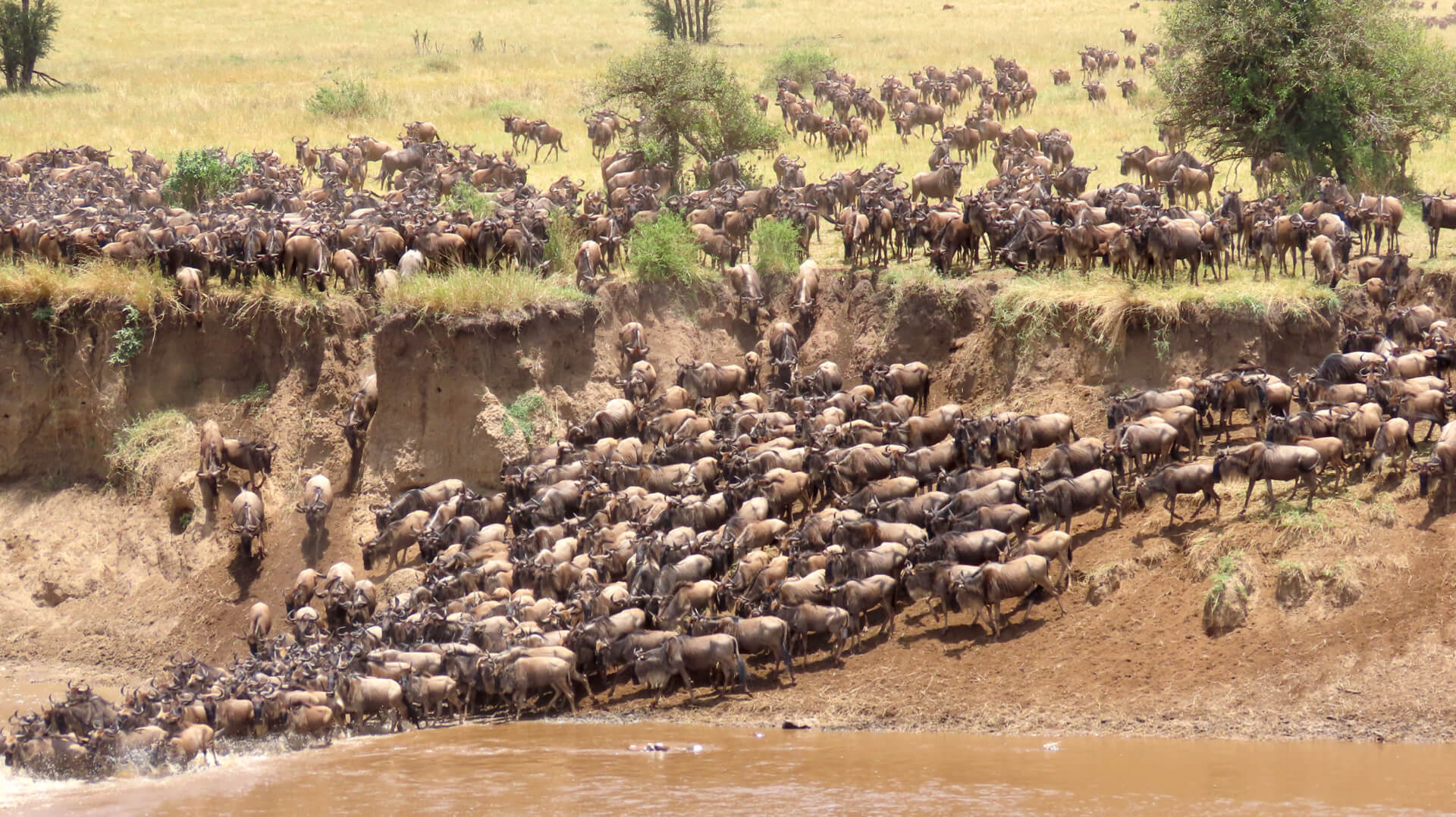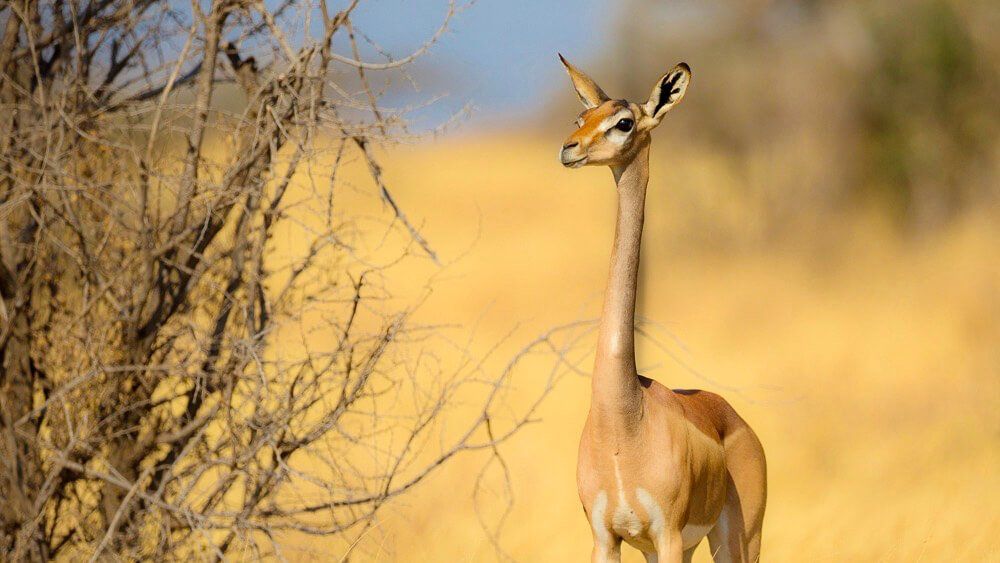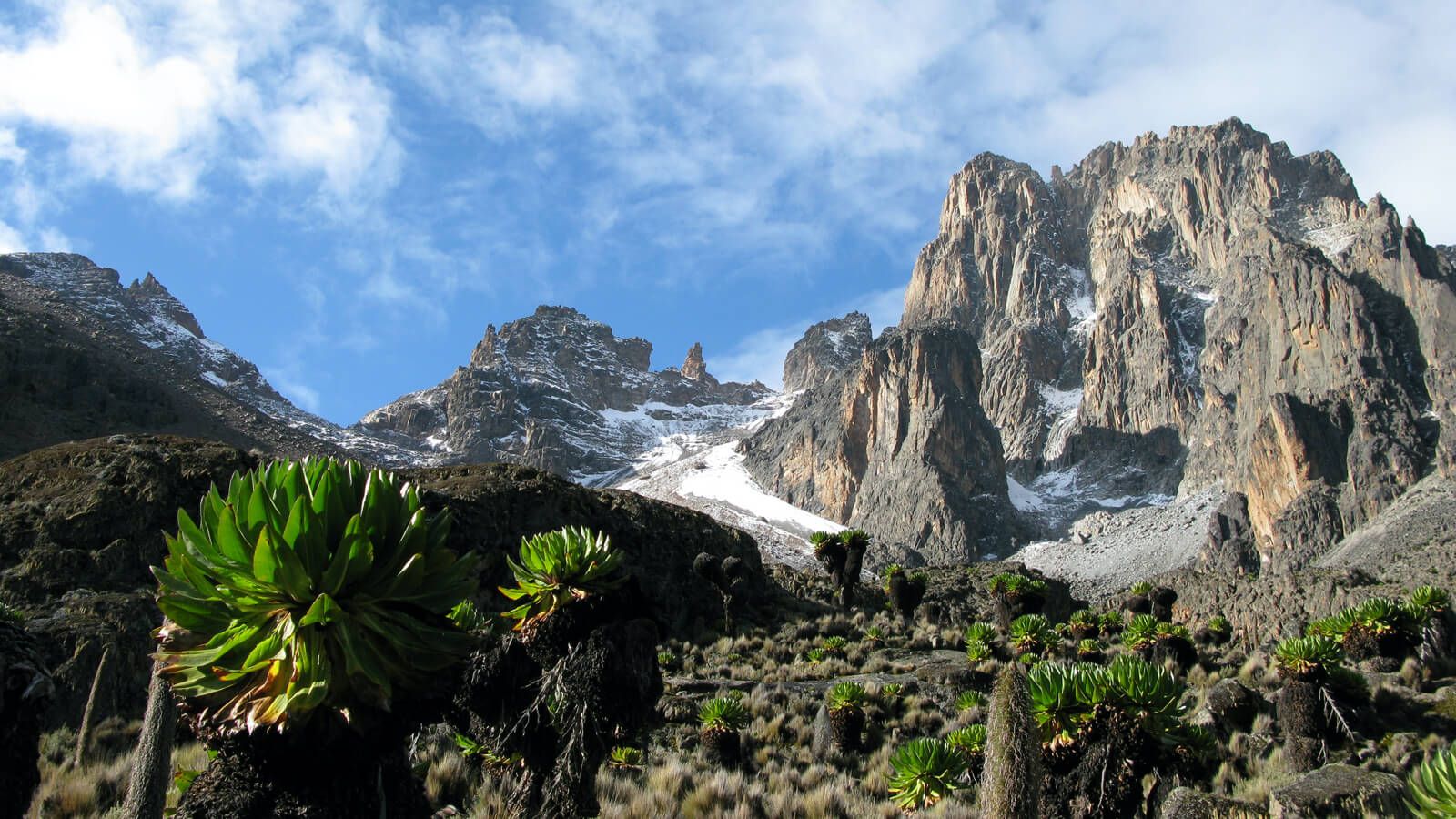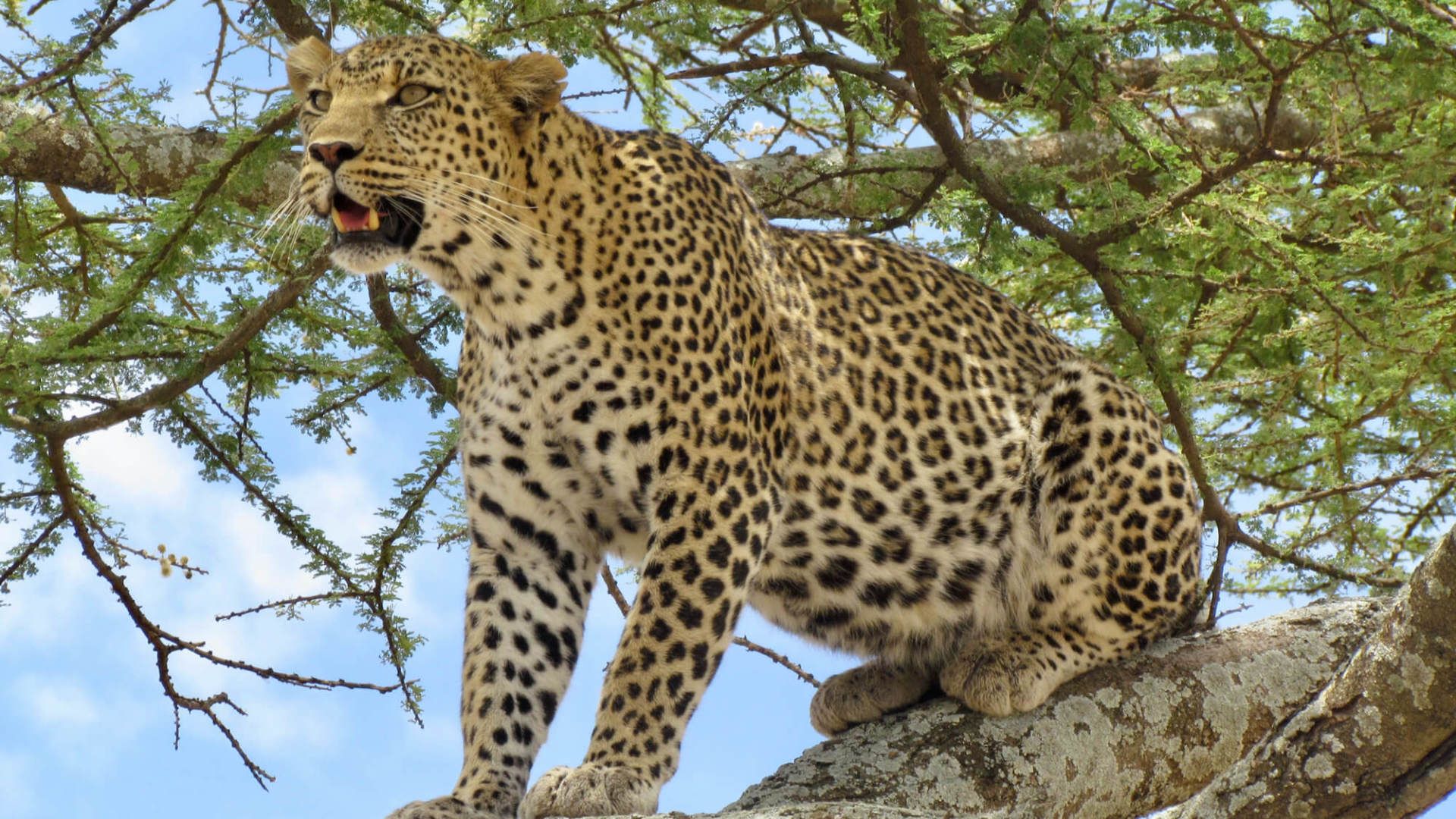Wildebeest Migration Kenya
See the greatest wildlife show on earth.
Africa's Great Migration is one of nature's most spectacular shows with up to 1.5 million wildebeests and hundreds of thousands of zebras and gazelles moving from the southern plains of Serengeti in Tanzania up to the Masai Mara in Kenya.
The great wildebeest migration in Kenya, is also known as one of the Seven New Wonders of the World, it doesn't have a start or end, just a dynamic annual cycle with animals constantly moving across considerable distances in search of fresh, green pastures.
The Masai Mara National Reserve is known for offering excellent wildlife viewing all year round as it has unsurpassed concentrations of wildlife. The reserve is home to the Big Five , although black rhinos are harder to spot. It is particularly famous for its populations of big cats having one of the highest concentrations of lions in the world, as well as large numbers of leopards and cheetahs.
For those looking for an opportunity to witness the great wildebeest migration , the best time to visit the Masai Mara is from the end of July to October . In June and November , some of the smaller herds that are early or late commence their crossing of the Mara river. River crossing can also be observed at the Talek and Sand rivers.
It is over this period that the wildebeest cross the Mara River to reach the lush grasses of the Masai Mara plains. The herds cross at various points of the Mara river, moving from one location to another, crossing and re-crossing the river, looking for new pastures. Crossing points form bottlenecks in which thousands of animals perish through trampling or drowning. It is thus no surprise to find hyenas, lions, leopards and even cheetahs on the river banks, capitalising on the glut of fresh meat.
The Mara river remains the most significant obstacle to the migration's never-ending cycle, with strong currents and predatory crocodiles lying in wait. Noisy herds bunch up on the riverbank. As soon as the first wildeest has plunged into the water, the rest of the herd (which can be thousands) follows. The Mara river bears witness to some of the most spectacular crossings of the migration.
Masai Mara "River Crossings" Notes
- The section of the Mara River that runs through the Masai Mara is only in the Mara, allowing viewing crossing from both sides of the river.
- The Mara River crossings happen at any time during the dry season from July to October. But you can wait for hours for the wildebeest to cross, or they can happen quickly - an unforgettable experience.
- There's more Mara River frontage in Tanzania than there is in Kenya. The migration can criss-cross over the borders. People aren't allowed to cross the borders between the Serengeti and the Masai Mara!
- The migrating groups split over a wide area with several crossing points. Finding one on the brink of crossing is not a given.
- Real or imagined threats easily spook the wildebeest. They fear to cross the river, as they have an inkling that something lurks there. However, vehicles charging up to the riverfront before a crossing started is the biggest tread of crossings not happening.
- Patient waiting near a herd by the river may only produce disappointment as they turn on their heels and run away. Sometimes the herd is just not ready to cross the river, and they are milling around contentedly and only cross the next day. The loaded the noise, the bigger the change of crossing the river!
- However, when they decide to cross it looks like chaos as the herds struggle to get to the other side of the river filled with crocodiles.
- It would be best if you had an excellent professional guide who's dedicated, experienced and prepared to wait for river crossings.
MASAI MARA GROUP SAFARI
GROUP SAFARI
6 days / 5 nights
Highlights: Lake Elmenteita / Masai Mara Nature Reserve
Date: 23 - 28 Aug 2024
ULTIMATE KENYA SAFARI
8 days / 7 nights
Highlights: Samburu NP / Lake Naivasha / Masai Mara NR
Date: Private Safari
MT KENYA CLIMB
7 days / 6 nights
Highlights: Sirimon / Chogoria Route
Climb: 5 days
Date: Private climb
BEST OF EAST AFRICA SAFARI
13 days / 12 nights
Highlights: KENYA - Lake Naivasha / Masai Mara / Amboseli NP
TANZANIA - Serengeti NP / Ngorongoro Crater / Lake Manyara
Date: Set departure dates
What Our Clients Say About Our Safaris & Tours
SIGN UP FOR OUR NEWSLETTER
Africa is calling – Sign up to our newsletter today!Get exclusive access to the latest on exclusive offers, getaways and travel inspiration.
Contact Us
We will get back to you as soon as possible
Please try again later
Copyright © 2024 Digital Zoo Website Design Company - All Rights Reserved
Domain Registration
|
Email Address
|
Website Design
|
Graphic Design
|
Social Media Management
|
Search Engine Optimization
|
Online Marketing
|
Web App Developer
All Rights Reserved | Explore Plus Travel & Tours
All Rights Reserved | Explore Plus Travel & Tours




